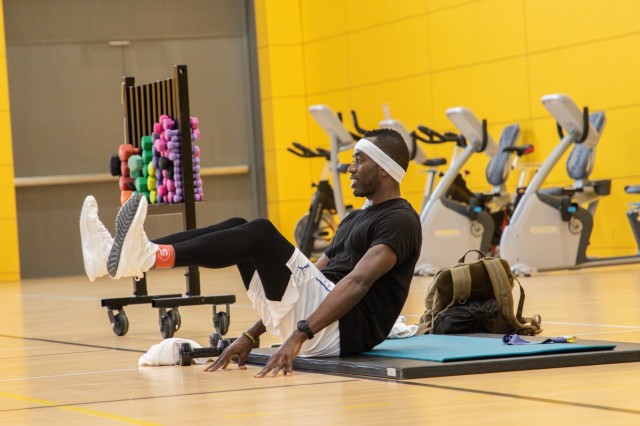
By Brian Wallace, Ph.D., FACSM |
Having a lean, strong midsection is not just for looks but is also a powerful biomarker of your health, fitness and potential longevity. The pattern of body fat distribution has been known for some time to be an important predictor of the health risks of being over fat. Originally, somatotyping (a subsection of kinanthropometry) was used to determine the impact body shape and composition has on health risk, metabolic needs and even one’s propensity for a given sport. Briefly, the body is classified according to three somatotypes:endomorphy – relative fatness, mesomorphy – musculoskeletal development, and ectomorphy –linearity – thinness). Each is of these is given a number from 1-7 and together they shape the components of a single somatotype – determining one’s physique as a whole. Most of us have characteristics of two or even all three but it can be a bit complicated to assess with accuracy and consistency and is quite subjective depending on training and experience.
Currently and considerably less subjective or complicated, the waist circumference with a rather lenient 40 inches for males and 34 inches for females is being used as the demarcation for central obesity and the high risk zone – the so called android (male pattern) obesity, or the apple shape – excess fat in the abdominal region. Keep in mind however, that the greater the accumulation of fat just under the skin (subcutaneous) rather than deep within (e.g., intra-abdominal), the lower the cardiometabolic risk profile associated with being over fat. It is the intra-abdominal obesity – deep fat surrounding and investing the internal organs – that has a dramatic impact on their functioning, especially the liver, pancreas, gallbladder, etc. It increases the health risk of disorders such as dyslipidemia, hyperinsulinemia, insulin resistance syndrome, type II diabetes, hypertension, coronary artery disease and premature mortality compared with those who are equally fat but are characterized as gynoid (female pattern) obesity or the pear shape which is described by more fat distributed in the hip and thigh area without the health risks attending android obesity.
As important as ‘shape’ is though, abdominal muscular function is equally as meaningful and not unrelated. In fact, abdominal LME (local muscular endurance) has been found to be predictive of mortality and has a direct relationship with increased muscle mass, mobility, independence and an inverse relationship with intra-abdominal obesity, cardiometabolic disorders and lower back problems. Together, the muscles of the lower back and abdominal complex make up the body’s center of power or core playing a role in virtually all we do from sports and exercise to activities of daily living. Strong abdominal muscles are related to increased bone density at the hip which may help defend against far too common and devastating hip fractures as we grow older. They are also important core components of having good balance, an increasing problem with advancing age. Keeping your abs lean and strong assists with balance by helping to maintain the strength and stability of the trunk. Strong abdominal muscles promote healthier backs since abdominal and back muscles work synergistically to maintain posture while mitigating stress on the lower back. As you can imagine, the apple shape has the opposite effect placing excessive stress on the vertebrae of the lower back by pulling them out of alignment. It appears that one’s abdominal or core body composition and muscular endurance mirror the synergistic impact of your nutrition, exercise and genetics and so provides a window to your internal biochemistry and personal physiologic health. Time to hit the planks, bent knee curl ups, stability ball crunches and roll outs!
Dr. Brian Wallace is the chair of sports exercise science at the United States Sports Academy.